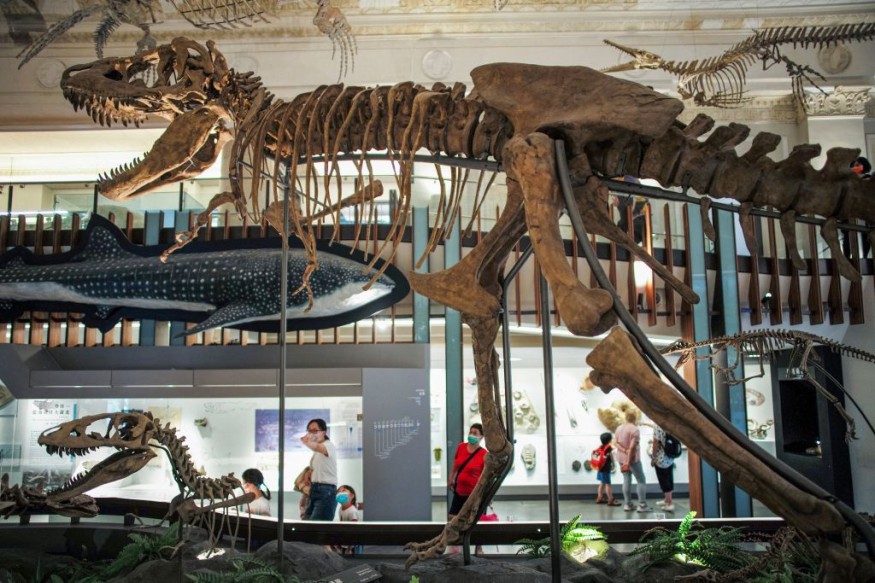Experts have a discovery after finding new dinosaur fossils in Zimbabwe. Named Musankwa sanyatiensis, the discovery site can offer new insights into understanding prehistoric life.
Dinosaurs are considered exceptional species that lived millions of years ago. After suffering from extinction, researchers have been on the quest to uncover their unique existence. Experts can use advanced technology and tools to unravel their past, habitats, and behavior.
Fossils from years ago can provide new insights into other unknown species, with a chance to improve knowledge about different animals, habitats, and ancient communities.
In a new report, researchers unearthed an unknown and significant dinosaur species on the shoreline of Lake Karibe in Zimbabwe. The findings will help decipher and understand the species and potentially discover more fossils.
New Dinosaur Fossils in Zimbabwe

The research outlining this finding was published in Acta Palaeontologica Polonica, studying a new late Triassic sauropodomorph dinosaur in Zimbabwe. International researchers helped to conduct the study.
The new dinosaur species, Musankwa sanyatiensis, is considered the fourth dinosaur species found in Zimbabwe. According to reports, Musankwa sanyatiensis is the first dinosaur to be named from the Mid-Zambezi Basin of northern Zimbabwe in over 50 years.
Musankwa is attributed to a houseboat, which was significant for the team's exploration. This was the team's mobile laboratory and home. It allowed the researchers to conduct expeditions in Lake Kariba in 2017 and 2018.
The discovery showcases the importance of continuing paleontological research in other areas, including Zimbabwe. The findings can offer valuable information for improving understanding of species that existed millions of years ago.
In the report, other dinosaurs that were previously named are the following:
- Syntarsus rhodesiensis in 1969
- Vulcanodon karibaensis in 1972
- Mbiresaurus raathi in 2022
Analyzing the rocks, the new fossils can date back to the Late Triassic period, or about 210 million years ago. The discovery includes a single hind leg, ankle bones, thigh, and shin. Amazingly, the bones of Musankwa sanyatiensis have unique features that can distinguish them from other dinosaurs of a similar period.
The dinosaur species belongs to Sauropodomorpha, a group of bipedal and long-necked dinosaurs. According to reports, the said dinosaur seems closely related to contemporaries in Argentina and South Africa.
Also Read : Asteroid That Killed Dinosaurs Also Caused Extinction of Ancient Plant Species 66 Million Years Ago
Warm-Blooded Dinosaurs
A recent report by Nature World News (NWN) revealed that dinosaurs, which lived 180 million years ago, managed to adapt to their climates to survive. The findings highlight that dinosaurs managed to move throughout different climates in the Mesozoic era.
The findings became possible by analyzing dinosaur evolution, climate models, and 1,000 fossils. In the discovery of dinosaurs, coming from species like T. Rex and Velociraptor-and Ornithischians, the report noted that they could have produced internal heat.
It is also believed that the asteroid that killed dinosaurs resulted in the extinction of ancient plant species. The massive asteroid caused the widespread decline of land and marine species.
Related Article : Dinosaur Track Fossils in Alaska Provide New Information About Animal Movement, Environment
For more similar stories, don't forget to follow Nature World News.
© 2025 NatureWorldNews.com All rights reserved. Do not reproduce without permission.





